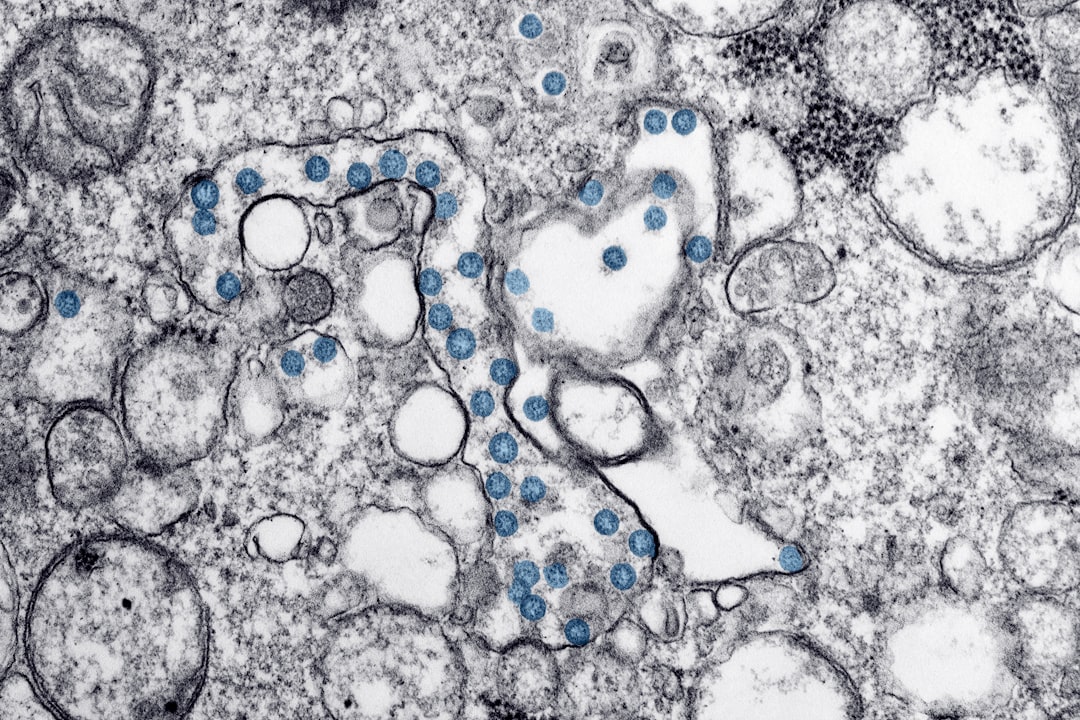What is it about?
Tibet is a major geothermal province, and its more-than-500 hot springs bring fluids to the surface from as much as 100 km beneath our feet. Careful analysis of the isotopes of helium in the springs lets us measure the temperature of the mantle beneath Earth's crust, and distinguish the boundary between cold Indian mantle and hot Tibetan mantle. We visited over 200 hot-springs and located this boundary for 1000-km across Tibet. Because this boundary is close to the Himalaya, the Indian continent must be subducting deep into the mantle beneath southernmost Tibet, and not underlying Tibet as a flat slab as many had previously believed.
Featured Image

Photo by Jeremy Bezanger on Unsplash
Why is it important?
Plate tectonics is our over-arching theory of how the oceanic and continental plates move around on the surface of the globe, and – at least for oceanic plates – subduct (dive down) into the mantle, reaching depths of 1000km or more, controlling the geometry, or planform, of convection on earth. But even though we have a pretty good understanding of what happens when an oceanic plate collides with a continental plate – the denser oceanic plate is driven down into earth’s mantle along a subduction zone - plate tectonic theory isn’t complete unless we also understand what happens when two continental plates collide. India collides with Asia but where does India “go”? Our work shows that the Indian continent also dives into the mantle!
Perspectives
What a remarkable privilege to travel so widely on the Roof of the World, and to "discover" hot springs not previously known to science (yes, the Tibetan nomads knew them, but for a few we were the first Western and even Chinese team to visit and sample). How extraordinary that even some weak and only slightly warm springs at the surface can sample fluids from 100 km beneath us, and travel vertically upwards in only a few to a few thousand years to tell us about the tectonic plates as they are today, and not millions of years ago as typically revealed by geological studies.
Simon Klemperer
Stanford University
Read the Original
This page is a summary of: Limited underthrusting of India below Tibet:
3
He/
4
He analysis of thermal springs locates the mantle suture in continental collision, Proceedings of the National Academy of Sciences, March 2022, Proceedings of the National Academy of Sciences,
DOI: 10.1073/pnas.2113877119.
You can read the full text:
Resources
"Somewhere under Tibet"
Stanford Geophysics professor Simon Klemperer and his research team use seismic techniques complemented by analyses of hot-spring water to understand mountain building and the location of the Indian tectonic plate beneath the Tibetan plateau. Answers hidden in the geothermal springs could inform our understanding of Earth’s changing climate as well as geology.
Hot springs reveal where continental plates collide beneath Tibet
By analyzing the chemistry of over 200 geothermal springs, researchers have identified where the Indian Plate ends beneath Tibet, debunking some long-debated theories about the process of continental collision.
Contributors
The following have contributed to this page










